We will see the science of lightning, an interesting natural phenomenon. Usually, we see lightning strikes, and thunderstorms in cloudy, rainy, climatic conditions. The lightning strike is fatal. Lightning is not distributed evenly around the globe. And many people get killed worldwide, by lightning strikes. Hence let’s understand, the science of lightning. And precautionary measures to be taken, to avoid any fatal incidents.
Lightning is nothing but a giant spark of electricity. It is an electric discharge between the atmosphere and the ground.
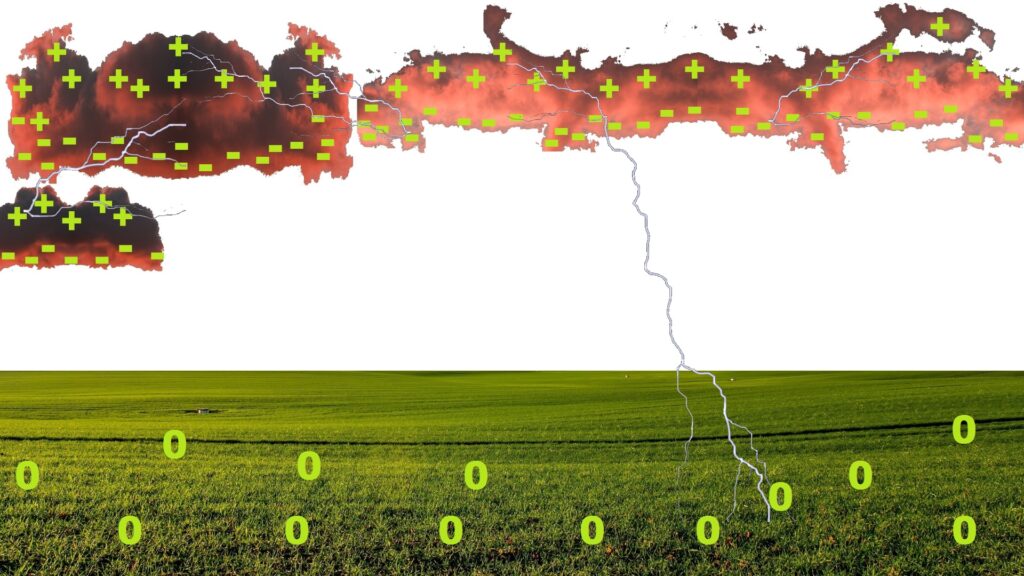
As we know, electric discharge happens between any two points with sufficient potential difference, to break the medium between two points. The same logic applies to the lightning strike.
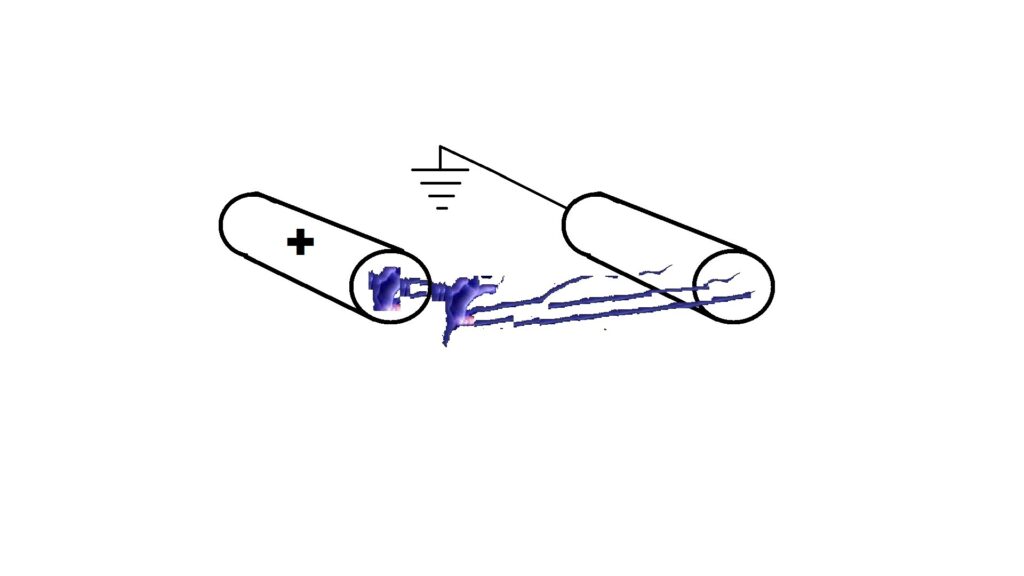
In cloudy weather, inter-cloud friction, along with other suitable climatic conditions, forms thunderstorm clouds. Because of this friction, positive and negative charges get separated inside clouds. Negative charges get accumulated at the bottom of the cloud, and positive charges get accumulated at the upper side of the cloud. Hence by laws of electricity, or we can say by laws of nature, the potential difference, due to the accumulation of the charges tends to neutralize. Hence the link that neutralizes these charges, is called lightning. Lightning that occurs in between two clouds is called inter-cloud lightning, or cloud flashes.
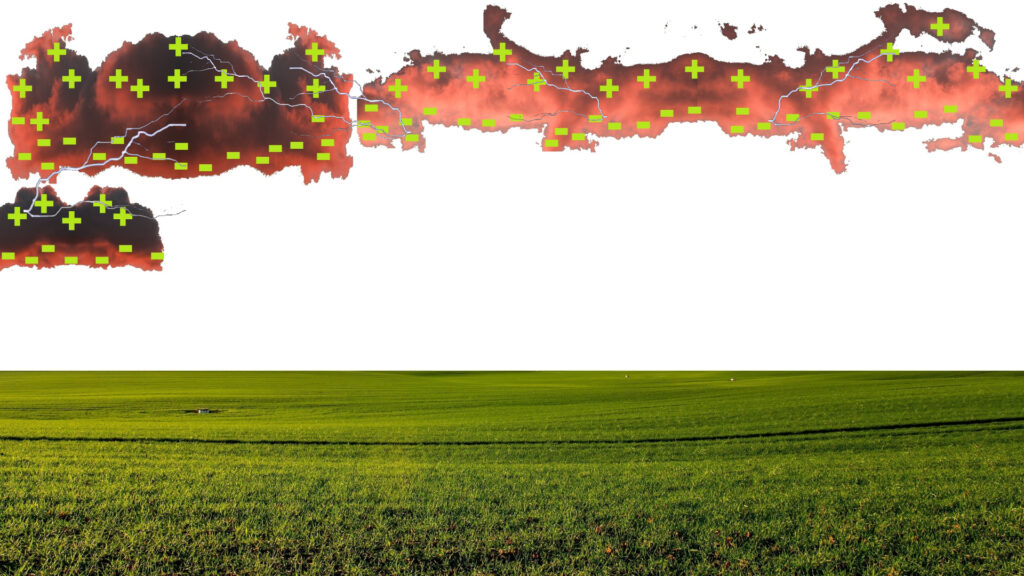
Lightning that occurs in between cloud and earth is called cloud to ground lightning. As we know, the earth is at zero potential and acts as a limitless sink for both positive and negative charges. Negative charges accumulated can travel to the ground called negative cloud to ground lightning, and similarly, positive charges accumulated can travel to the ground called positive cloud to ground lightning. Lightning is initiated by leaders, eventually neutralizing the charges. These leaders can travel from cloud to ground or ground to cloud. Based on the direction, lightning is called downward cloud to ground lightning and upward ground to cloud lightning. However, ground to a cloud called an upward lightning strike, is a rare phenomenon, as compared to that of cloud to ground lightning strike.
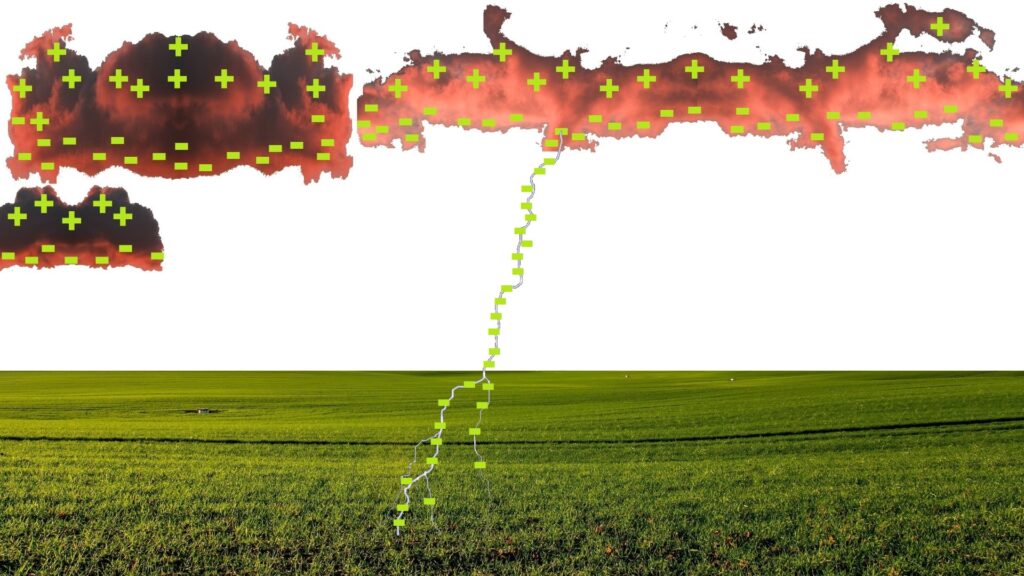

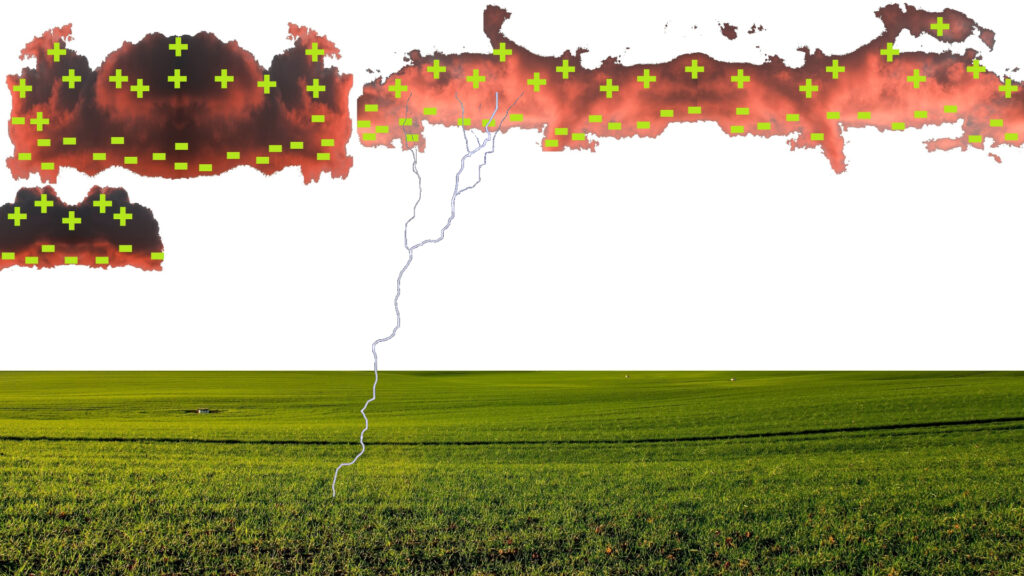
Now, let’s understand, the sound we hear after lightning. The lightning flash heats the air around it so quickly, and consequently, the air expands so fast, that it makes a shock wave in the air. That shock wave is the thunder sound we hear. As we know the speed of light is more than, the speed of sound. We see lightning first, and then afterward, we hear the lightning sound.
Now, let’s see precautionary or safety measures to be taken, to avoid any fatal incident due to lightning.
1. Charges up in the cloud, always look for a path to travel, and usually targets the tallest things in the vicinity, such as tall buildings. So giving it a predefined path such as a lightning rod can reduce fatal accidents. Should install a lightning rod on the roof top of a house or building. And connect the rod to a wire which is earthed. This gives lightning a complete path to travel to the ground. Hence, due to this predefined path, lightning is more likely to strike the rod than other nearby objects.
2. Avoid standing under an isolated tree during a thunderstorm, or get inside a safe place. Once inside, avoid contact with corded phones, electrical equipment, plumbing, windows, and doors.
3. Wait for 30 minutes after the last lightning, or thunder before going back outside. A common misconception is that thunderstorms have to be nearby for lightning to be a danger. Lightning can strike very far from a thunderstorm, so even if it isn’t raining, once you can hear thunder you may be in danger.
4. Avoid going out in violent weather.